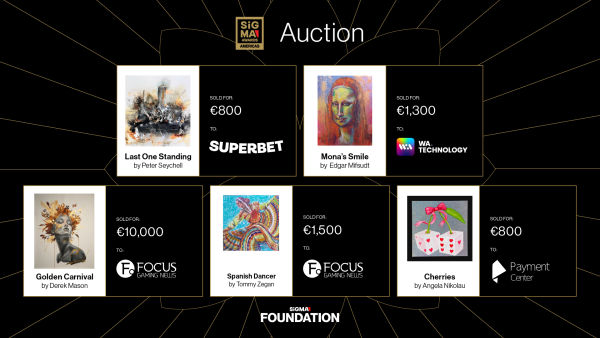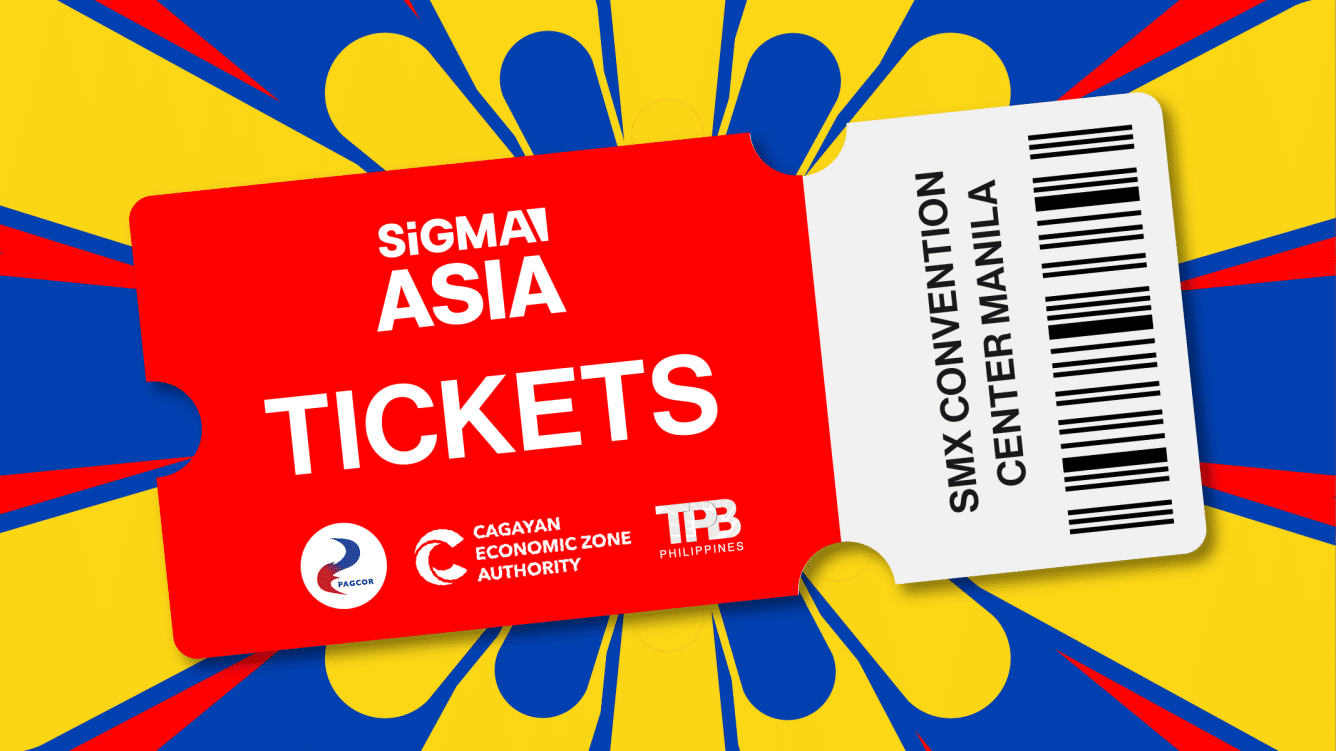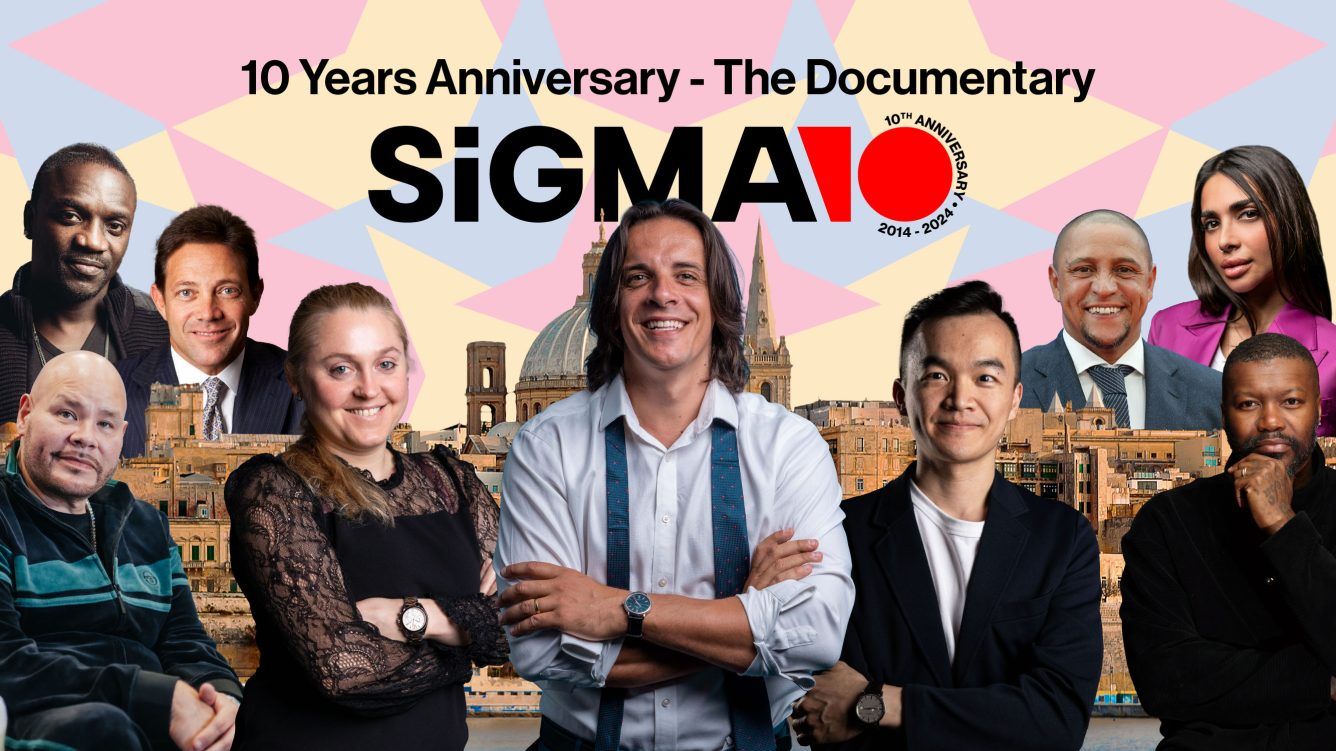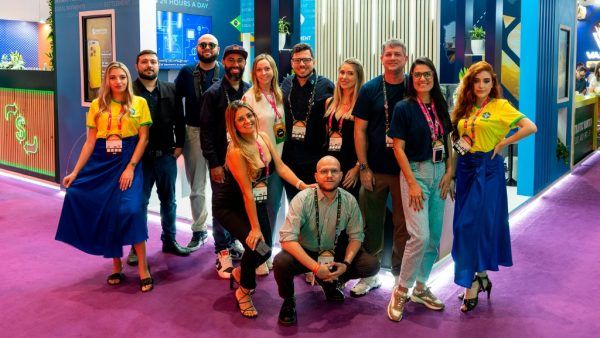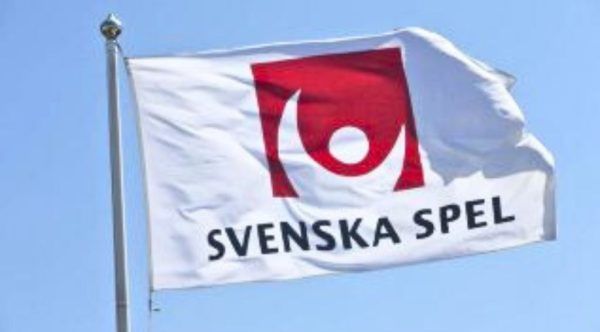With 10 years’ in technical and commercial operations, @Andrew Visser’s role is to partner with companies in regulated industries to untangle messy workflows. In this article he explains how creative tools can go a long way in making work easier
You’ve decided to do some process improvement. You did some investigating, and you have a report on how work is actually being done in some part of your organisation. It describes all steps, issues and has a nice pretty work-flow diagram.
Congratulations.
If the diagram is pretty you probably have a nice efficient process with happy stakeholders, satisfied team members and nobody doing a corporate version of the labours of Hercules to get things done.
Trouble is, that is a pretty big ‘if’
Is that really the case?
Yes?
Then you can stop reading, don’t change a thing. Just keep an eye on the process and when it starts to creak and crack come back and read the rest of this article.
That doesn’t describe your report? Read on.
The rest of this is for those who have a workflow that looks like a five year old was let loose with new crayons.
Your stakeholders are miserable and your team members look like they just did all seven labours of Hercules, twice.
Hopefully things aren’t that bad, but there’s definitely room for improvement. Let’s look at how we can achieve that.
Optimising your creative workflow:
 When faced with a problem it makes sense to start by looking at the tools you already have to see if anything you own can fix it. This is what we do at home.
When faced with a problem it makes sense to start by looking at the tools you already have to see if anything you own can fix it. This is what we do at home.
Before buying new tools we see what we have in a tool box or a draw that could be used to fix the problem. We all have something laying around, even if it’s just an old screwdriver, a hammer, and a five year old tube of super-glue.
You already have a bunch of tools in your organisation, both within the area you want to improve and in other teams and departments. Make a list of them and what they do.
I’ll wait.
Do you know their full capabilities and what other teams use them for?
It is likely that within your organisation you already have the tool to fix the issues you’re seeing. It might just be that you need to find them and perhaps use them little… creatively.
Building creative workflow management processes:
Let me give an example of something simple I’ve done before.
At software companies it’s usual to find an issue reporting tool (Such as Zendesk or ServiceDesk), this will be connected to an issue management tool (JIRA being very common) to track and manage issue reports from customers. That issue management tool is probably also used to track every bit of work the technical teams are doing. You might be using it to track every bit of work in the company – I’ve seen JIRA used to track the progress of contracts, purchase orders and marketing materials. JIRA is easily flexible enough to cope with those workflows.
In each of those cases the request was made directly in JIRA…
…once you’d found the right project, or worse.. projects. Yup, there was one where requests had to be entered in multiple locations.
This wasn’t very user friendly for the non-techies, and lots of mistakes were being made. So, we used ServiceDesk internally as a request point, it was already being used for IT support. The request form had prompts for all the required information and that fed into the right JIRA project based on the rules set. And from there into different work-streams based on what was needed.
This was easier to use, fewer errors – the interface is designed for even the most tech-phobic – and meant the requestors had better visibility of progress since everything was linked to a single ticket.
A bit of creative tool use goes a long way to making things easier for everyone.
SiGMA Group releases its latest publication
SiGMA is proud to announce that the 13th edition of SiGMA magazine is now available online here. The magazine is packed with quality content, interviews and features coming from four different continents around the world – including Europe, Asia, Africa and LatAm. The magazine will be distributed by post to leading gaming and business companies worldwide. Should you wish to be featured in the next issue please contact Katy Micallef.


